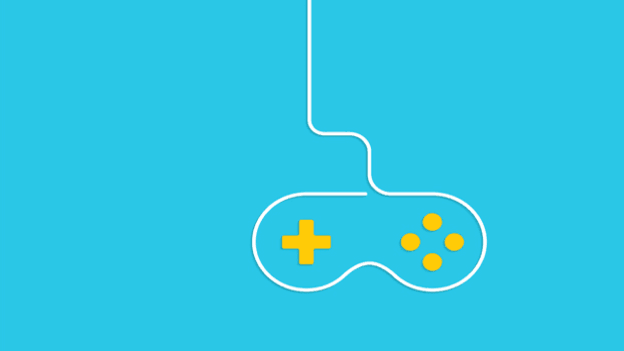Using games to create immersive learning experiences

In the last few years, recall the top things that made the news?
Demonetization, Brexit, Unemployment, Candy Crush, Pokemon Go, PubG,…
Though games aren’t the new fad but most recently, gaming is taking over the world. They went from being the preserve of nerds and geeks to being more prominent than films. And now they are making their mark in education and learning segment.
Yes, playing games can now make 21st-century skills!
Researches have shown that our brains are wired for pleasure. The games are an effective way to learn because they simulate thrill and keep our minds engaged and happy. But what exactly do we learn from them? In an era consumed with developing 21st-century soft skills, are games any good at building critical thinking or collaboration skills? The answer is likely, yes.
Immersive gamification can bring learners of multiple generations to collaborate, motivate each other, and learn from a real-world application. When Rewards are coupled with learning, it creates a sense of excitement to achieving objectives and creates a sense of accomplishment.
Gamification proves to be an effective approach to learning too. As reported by studies, globally, the gamification of education market will explode to $1.2 billion in 2020 from just about $93 million in 2015.
Here is why Gamification can offer your workforce the immersive learning experience they want:
Problem-solving:
Gamification’s most significant benefit is that it minimizes the traditional, outdated style of learning by challenging the participant at precisely the right level. When learners feel challenged, they are motivated to learn more.
Recognition Motivates:
When learners are publicly or even privately recognized, they feel more satisfied and accomplished. The gamified platforms these days allow learners to view awards in their learner dashboard and then share those awards with classmates, via social media, or by downloading transcripts and certificates.
Re-activates curiosity:
Humans have a natural desire to be curious, discover, and to learn, but this is often discouraged with old training methods. Gamification can re-activate this desire to inculcate learning as a part of daily routine.
Gamified learning acts on multiple senses for an immersive experience that increases learners' enjoyment and desire to achieve goals. This response to purely recreational games is now being harnessed and used in the business world.
One can further enhance the experience of the gamified learning by inculcating following techniques:
Create real life scenarios that challenge the learner. A strong story where the player is a put as a protagonist will get learners to engage and care. This creates stress and tension that propels the learner forward.
Build urgency in the program. By having a threat working against the learner you are increasing the need desire to move faster and do better. The key is having the threat be immediate and real.
Ultimately, gamification gives us goals and goals give purpose. When used correctly, it uses our natural tendency to be goal-orientated and to set standards we want to achieve in the future.
















